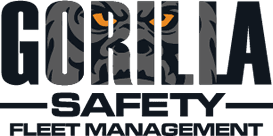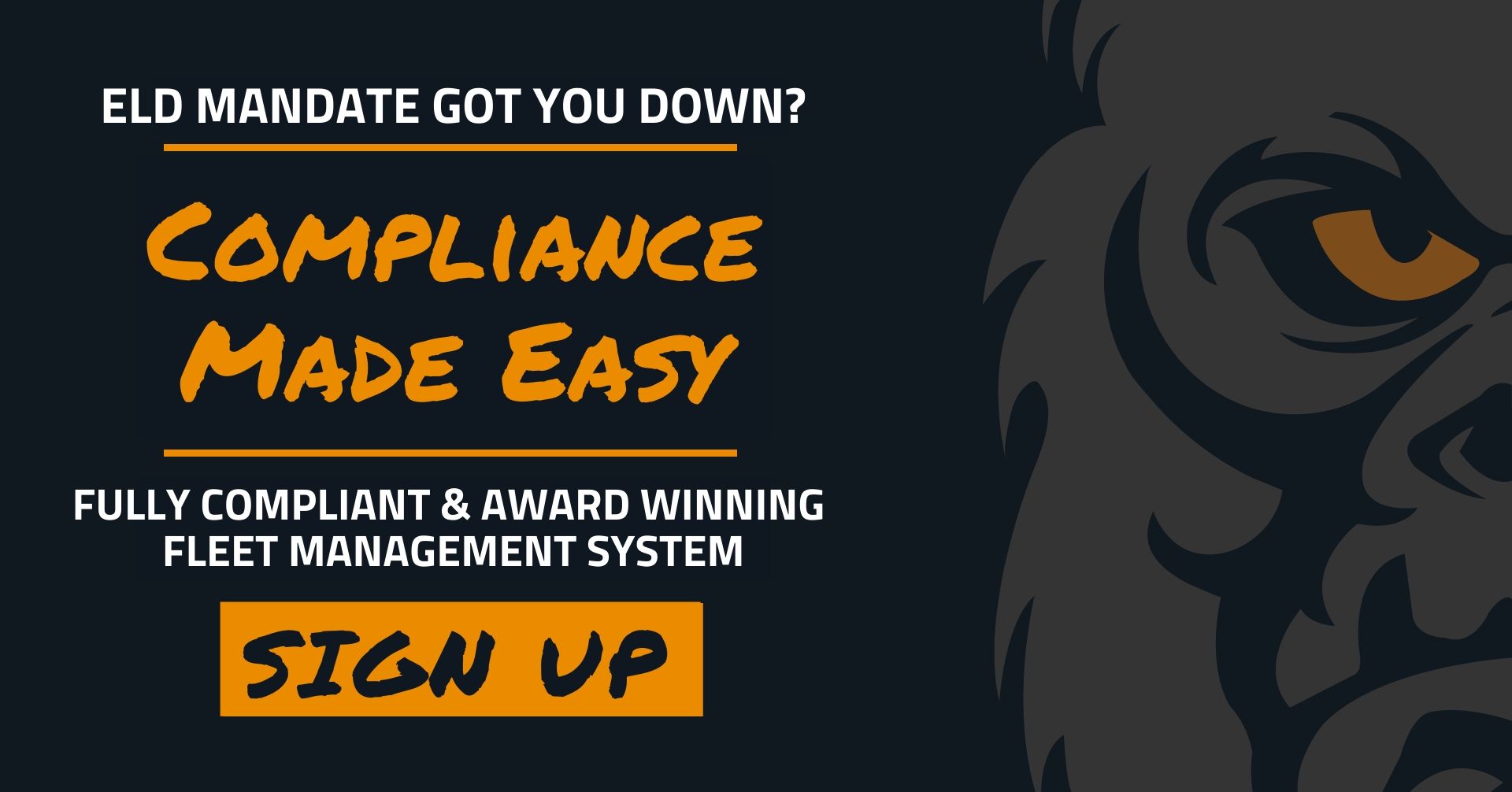]Understanding DATAQS – Tips to Help Through the Process
By Nidasha Willis
This piece is an introduction of DataQ. Over the next several weeks, we will be adding more in depth pieces so you can be more comfortable with DataQ, its processes, and why you need to be cognizant of is relevance to you as a carrier.
What is DataQs
DataQs is an online system created specifically for commercial drivers and motor carriers. It is a place where they can submit their concerns regarding publicly available State & Federal data, data that is commonly found in the FMCSA data system. The DataQ system is commonly used to dispute errors on violations or inspection reports that they feel are false, inaccurate, or might reflect poorly on their corporation’s CSA score. Moreover, using the DataQ system motor carriers and commercial drivers can request a copy of their inspection reports.
Registering For DataQs
Registering for the DataQs system is easy, all you need to do is visit https://dataqs.fmcsa.dot.gov and click on “New To DataQs”. This will offer you complete instructions as it takes you through the registration process. Once your account is set up you will be able to manage everything using the dashboard.
Within the portal, a motor carrier receives access to additional information that is not normally available to the public. All you need to do is validate your account. Once validated, you can easily access information to help your business. To validate your account, you must enter your motor carrier PIN that is issued by the FMCSA when you register for a U.S. DOT number.
Types of Requests
To make sure the process is smooth every request is organized using the following groups:
- DOT investigation/audit
- Crash Events
- Inspection Events
- Household Good Complaints
- Registration/Insurance
Why Challenge Data
- When the event (crash or roadside inspection) belongs to another carrier.
- When you are missing roadside inspection information from your database. There are times when you receive the report, but it is not showing in your FMCSA’s data system.
- When an inspection occurs, and your driver was not presented with a roadside inspection report after the process was completed. Or if he/she has lost the data presented.
- There are times when an officer makes an error, nothing down the information, or writes down a violation that does not match the complaint. For instance, if the officer noted down AOBRD in an event where the driver was unable to transfer data.
- The crash listed in your data is not considered to be a DOT recordable crash. Meaning the crash did not cause any fatality, injury, or required any immediate treatment. Or the vehicle was not towed due to disabling damage.
Tips for Using DataQs
- If you are looking for a fair verdict, you can challenge the citation in state court (before you submit a DataQs request). This way if the court decides to dismiss the ticket, the organization is required to remove the ticket from your CSA scoring. Moreover, if the citation is reduced by the court, it can come down to a -1 point violation.
- The best way to ensure effective results is by starting the process as soon as possible. When you make a request as soon as the “violation” was reported, you have a greater chance of getting a thorough investigation done. This way you will not have to settle for the information that was taken at a certain point and get your hands on information that can help your claim.
- When you are requesting for Data Review, commonly referred to as RDR – it is essential that you note down the correct “Roadside” event type. This makes a great difference in your clam and can help you get the matter processed and done in an effective and efficient manner. For instance, crashes, Violations/Inspections, or Warnings. When you choose the right event type it automatically sends it to the right department, rather than bouncing it around.
- Before you file anything make sure you have provided the correct inspection report number, and other details. Take the time to review the entire process and double-check the numbers as you go. Only by offering correct information the first time will you be able to ensure productive results.
- When filing for an issue it’s important that you stay true to the cause. You must be specific yet ensure to the point details. Include only facts and avoid offering your opinion on any matter. Reports that are to the point and factual move across the process faster than others.
- When submitting a request, it’s best to attach all the necessary document(s). Your first submission is crucial, which is why it should not be filed in a hurry or without proper documentation.
- Another important tip to remember for owner-operators with a valid lease agreement is that you must include the lease agreement along with your DataQs request. By offering important information you eliminate the process of requests and documentation processing.
- Before you go ahead and file your DataQs request please ensure that your information is correct to the last dot, and you have updated your personal and business information accordingly.
- Even when you have filed all the documentation asked for, it’s best to keep checking the status of your DataQs frequently, as it allows you to ensure you do not miss an important update. There are times when additional information is requested, and the sooner you sent in the information – the sooner your request is processed.
When you are filing your case, remember, your main point is to prove that the investigator who undertook the review missed information, or noted down the wrong information. Think of it as filing a claim, you are required to prove that the office was at fault, and the events noted down were incorrect.
However, they will not take your word on the matter, which is why you need to specify facts that help you establish your claims. Building a solid case can help you ensure a victory, as you will not be present during the discussion. This is why you must put down information that will help the officer in-charge question the investigator.


